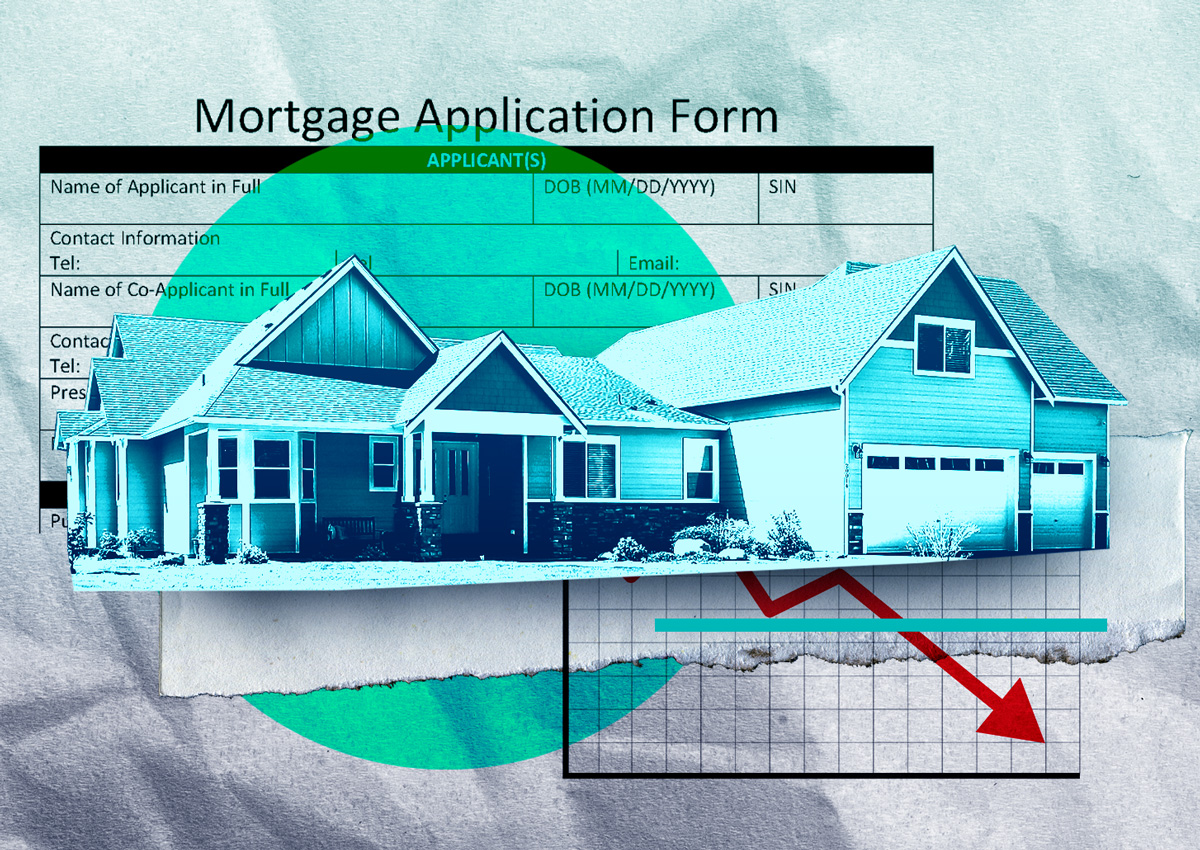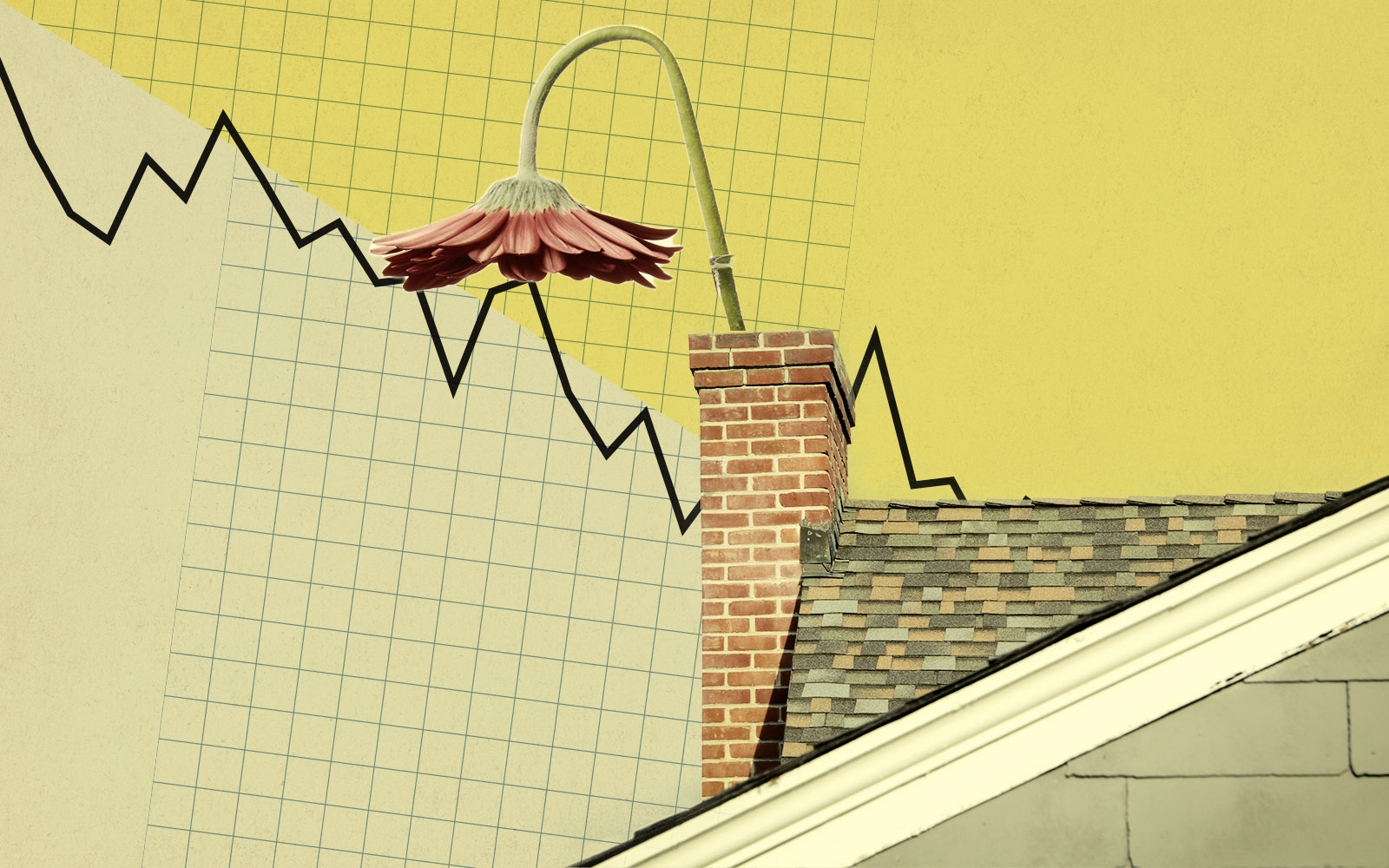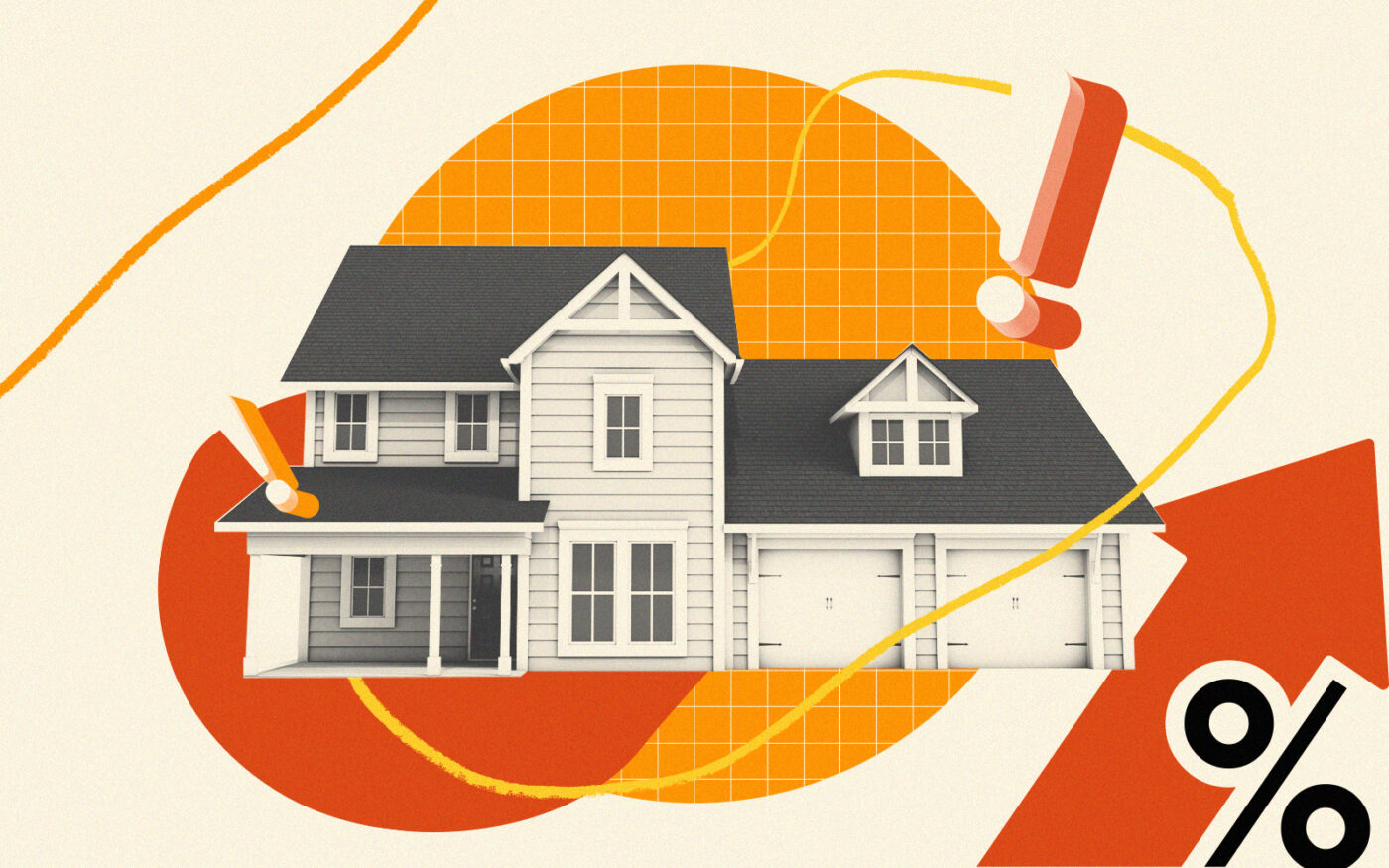For the second time in the last 22 years, mortgage rates have hit 7.16 percent.
Last week, that was the average 30-year fixed rate for a mortgage, according to a report from the Mortgage Bankers Association. That rate was hit in October, too, but otherwise hasn’t been reached since 2001.
The 30-year fixed rate for mortgages with conforming loan balances ($726,200 or less) rose by 7 basis points from the previous week. The average contract rate for a 30-year mortgage with jumbo loan balances jumped by the same amount, reaching 7.11 percent.
It was the third consecutive week of rising rates. Unsurprisingly, purchases and refinancings suffered under the weight of ballooning borrowing costs. The Refinance Index dropped 2 percent from the previous week and 35 percent year-over-year. While the seasonally adjusted Purchase Index barely dropped from a week earlier, the unadjusted index also dropped 2 percent week-to-week and 26 percent year-over-year.
Both indices were at their lowest levels since February, according to the MBA.
Buyers and sellers have been stuck in a holding pattern regarding home sales and how mortgage rates are impacting them. The housing market was in a frenzy during the early stages of the pandemic, buoyed by the desire to move to a different space and historically low mortgage rates.
That’s no longer what’s going on. As the Federal Reserve has shifted monetary policy and hiked interest rates to combat inflation, mortgage rates have risen up in parallel. Buyers, already facing steep home prices, face another affordability obstacle in terms of higher mortgage rates.
Sellers, meanwhile, don’t have good enough incentive to either unload their home or refinance their mortgage; either option presents the likelihood that they will get stuck with a higher mortgage rate than before.
The 7 percent threshold is a notable one for agents and home buyers alike, cognizant of how perceptions can change once rates rise above that level.
Read more



